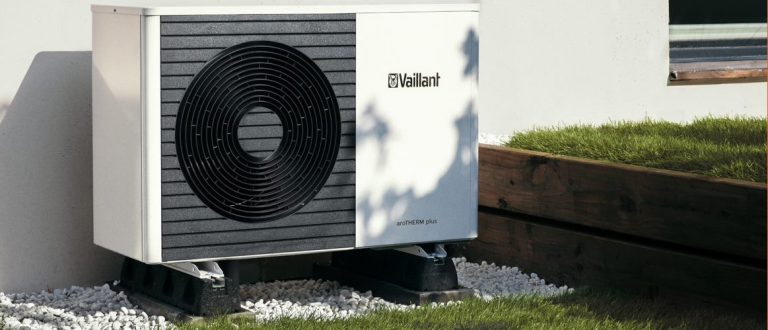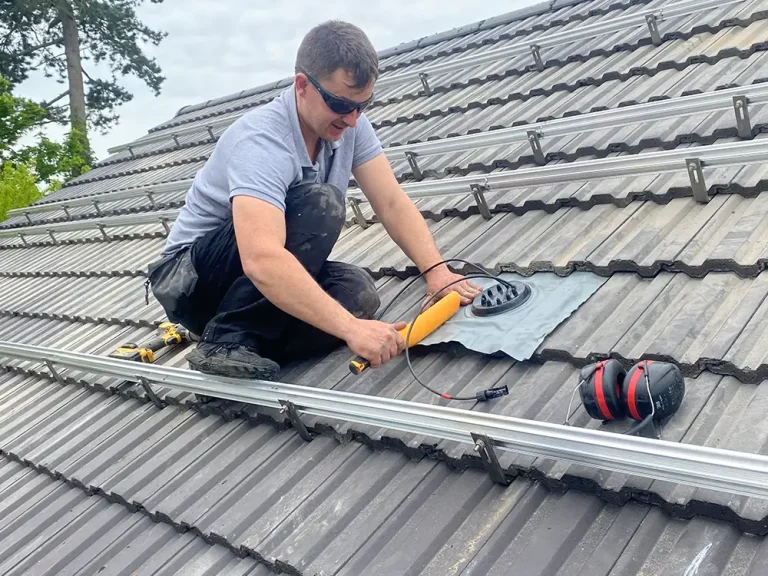BATTERY STORAGE
TAKE CONTROL WITH BATTERY STORAGE
in as little as 60 seconds
0% VAT ON BATTERY STORAGE INSTALLATIONS
- MCS accredited Battery Storage Installer
- The very best battery solution for your home or business
- Store your own renewable electricity to use later
- Store grid electricity when it’s cheaper to use at peak times
- Up to 84% Bill Reduction*
Making the Most of Battery Storage
Sizing Your Battery
Battery capacity is described in kilowatt hour (kWh). The size of the battery system that’s right for you will depend on your pattern of use and energy demands. We aim to design a Battery Storage system that achieves over 80% *self-sufficiency annually. This will reducing your grid reliance whilst remaining cost effective.
Installing modular systems helps too. If your needs change we can add more storage units with ease
How long will my battery last?
Battery storage allows you to make the most of electricity that you generate by storing it, so that you can use the energy when you actually need it. This is typically in the evening, especially for busy working households. For example: if a house uses around 15kW per day of electricity, we could size the household battery at 10kW. We would expect around 5kW to be used by the house as it’s produced and 10kW should enable the house to run over night in the sunnier months purely on solar generation and storage.
What do I do with my battery in the in the winter?
In the winter months, we would advise that you arrange a cheap overnight tariff or use and EV rate, if you have one. This should allow you to charge the battery to meet demand on the cheaper rate. Other seasonal adjustments can be made to make the most of energy when it is cheap and/or abundant. Sizing a battery for a 24 hour period is cost effective for your home.
I already have solar. Can I add a battery?
Battery storage can work alongside a solar PV system, whether retro-fitted to an existing installation or fitted as part of a new installation. You could store more of the solar power that you generate so you can use it when the sun has gone down, instead of drawing on grid electricity from your electricity supplier. Storage is particularly useful and most valuable economically if you have solar but are out most of the day and can’t use all of your solar power. Storage can also be used to draw power from the grid when it is especially cheap.
Battery Storage Lifespan
A battery’s efficient lifetime depends on the technology and the way the battery is used; specifically, on the number of complete full battery charge and discharge cycles that they undergo.
Manufacturers generally give an expected lifetime in years and/or in ‘charge-discharge cycles’. Lithium-ion batteries last longer than lead-acid: you may see a 10-year lifetime expectancy claimed and this is improving all the time. Normally the battery storage system will monitor the battery performance and should give you an indication when your batteries need replacing.
As solar panels can last 25 years or longer, your storage battery is likely to need replacing in the lifetime of your solar system.
*dependent on energy use, generation and battery size
PROTECT YOUR FAMILY
FROM RISING ENERGY COSTS
Find out more about solar panel and battery storage installation for your home
With a solar panel and battery installation, you can use clean electricity to power your appliances. You can also sell any extra electricity back to the grid or store it for later use with battery storage. This means you’re not only reducing your carbon footprint but also potentially generating income too.
Contact Leaping Hare Renewables for a free consultation and personalised quote. Let us help you make the switch to clean, renewable energy and start saving on your energy bills.
Use your own renewable and clean energy to power your life.
But don’t just take our word for it! Take a look at the Energy Saving Trust’s website. They explain the benefits and potential savings, as well as answering many questions that you may have.
Why should you choose Leaping Hare Renewables for your battery storage installation?
We take great pride in designing and installing the right system for each home and giving really good advice. By asking you about your energy use, and any potential changes in the future, we will make sure your system meets your needs and is adaptable to change.
Leaping Hare Renewables is on a mission to decarbonise as many homes as we can across East Anglia and surrounding counties through Solar, Storage & Heat. What we are brilliant at too is getting these different systems to work in harmony together – leaving you with a home that is easy and efficient to run.
Building TRUST, harnessing INNOVATION and making sure the systems we install are SUSTAINABLE is at the heart of what we do. That also means systems are sustainable for you to use.
Every installation ends with a handover and training session, but don’t worry, if you still need help and support we are available. We will make sure that you get the most out of your renewable energy system.
In a changing and complex world, let us make things simple for you.
















